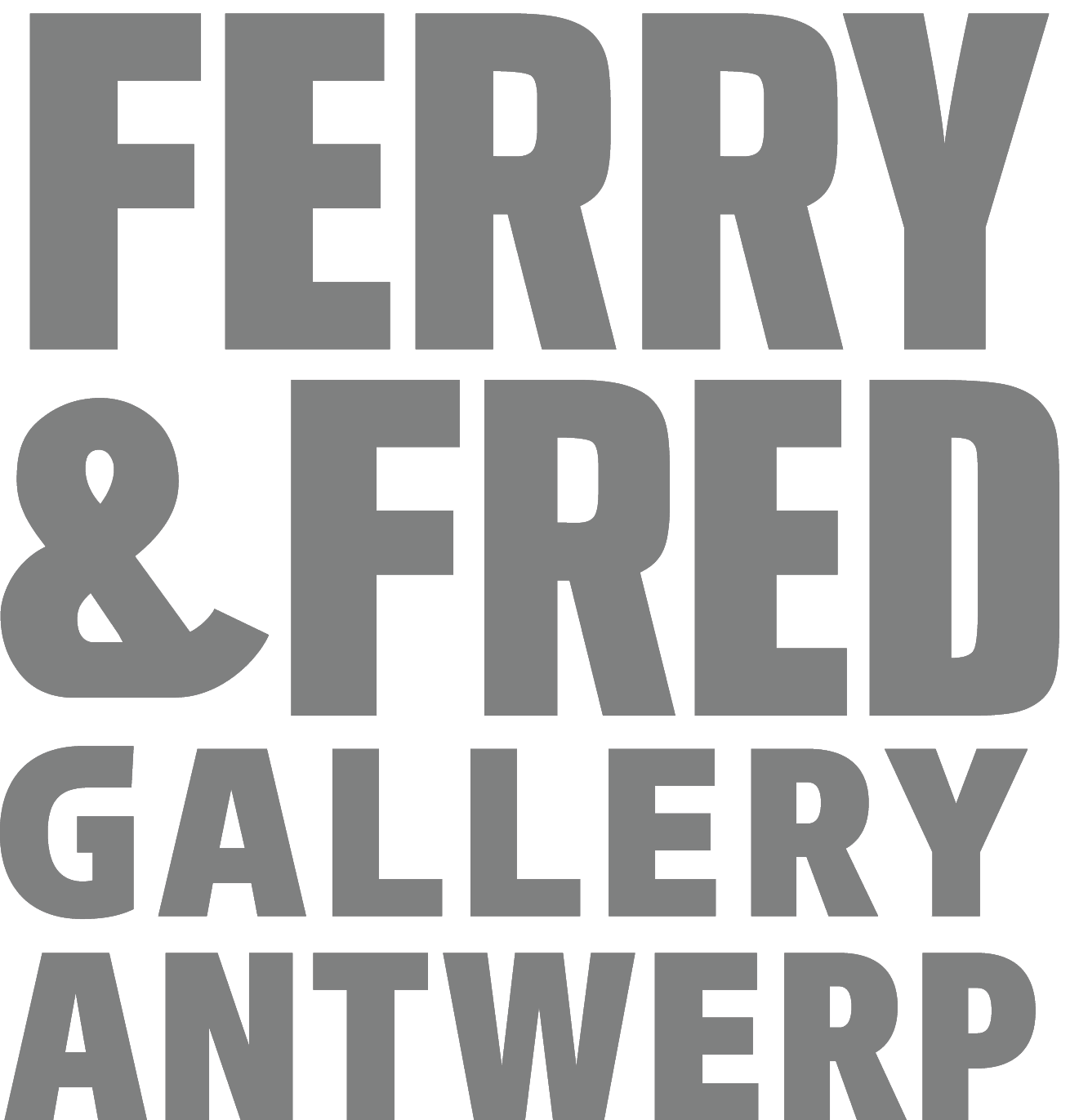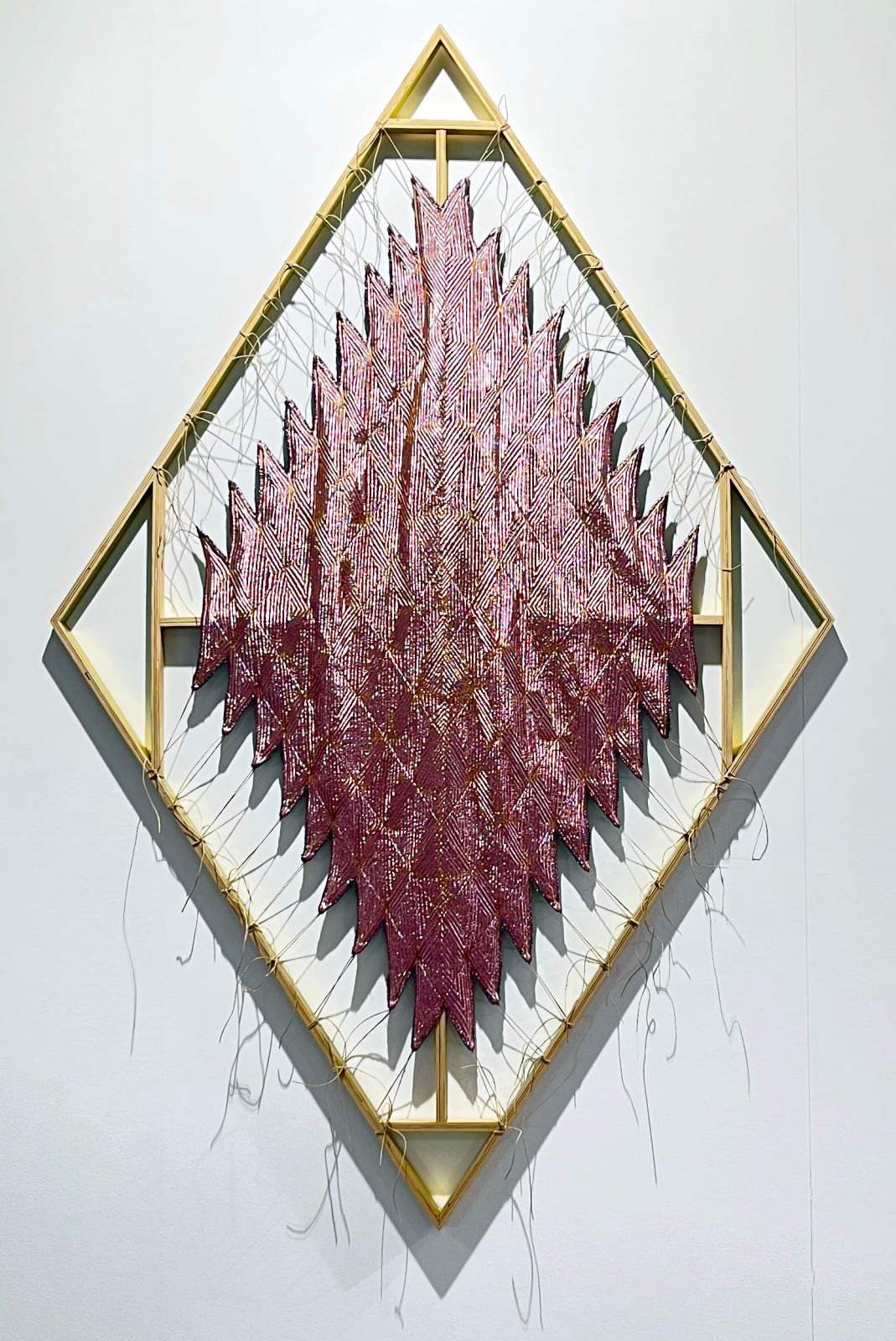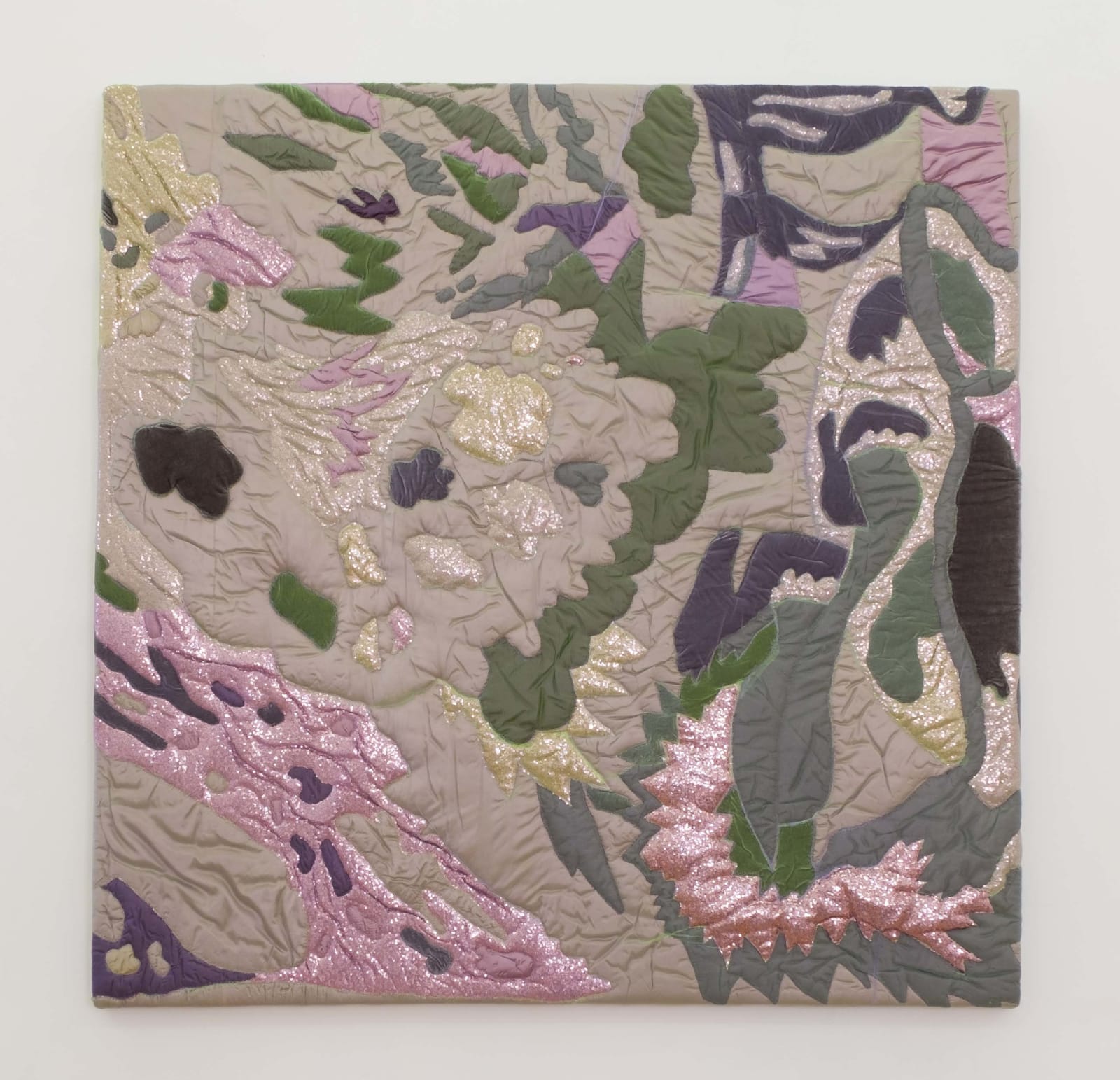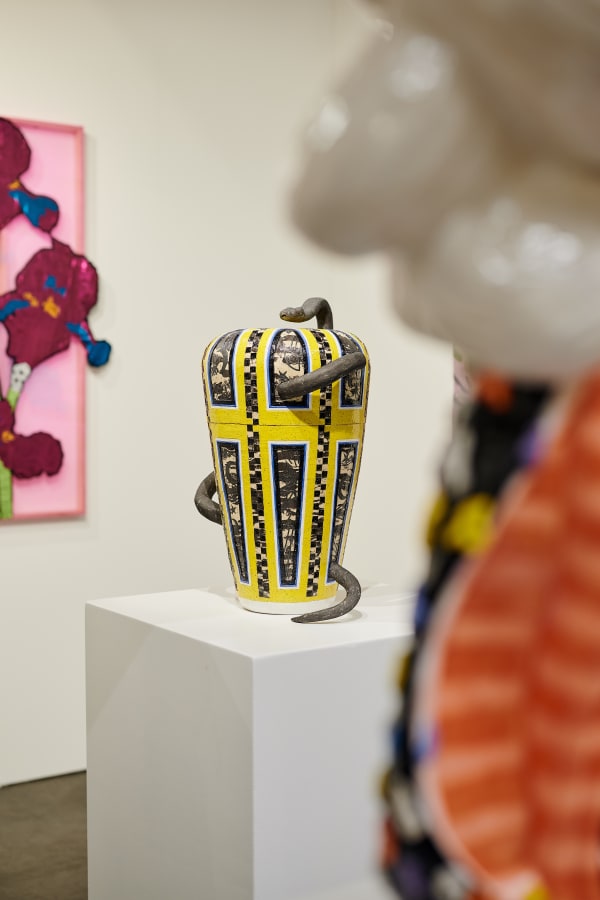Art Fair | Art Antwerp: 3rd edition
 A18
info@fredferry.com
11am – 7pm
https://www.art-antwerp.com/en/
A18
info@fredferry.com
11am – 7pm
https://www.art-antwerp.com/en/
Solo presentation Tramaine de Senna
Tramaine de Senna is contemporary artist who explores various ways of working in sculpture, painting, and drawing using materials such as ceramics, textile, paper and foam.
Her forms are analytical and emotive - an exercise in social dissection that inhabits a haunting formalism, heightened by tactility, bouts of scale, and a visceral use of texture and color.
Tramaine de Senna’s ever-evolving body of work bears witness to the artist’s intense relationship with materials, surfaces, and making, with interests in issues such as the “migration of forms,” pop and material culture, internalized violence, exuberance, and the enduring ambiguous presence - “ghosts” - of histories. De Senna's calling acts as a pendulum swinging between European theory (R. Barthes, B. Groys, J. Verwoert) and the slight, dispersive fragmentation of Americana (James Baldwin, exotica for armchair safari-ers, WWII, Brutalist and Streamline Modernism architecture, and frontier idioms). She makes a visual and conceptual link, for example, between the physical manifestation of internalized violence and the formalism of certain hybrid plastic injection molded toys, equating both to the grotesque and gothic (i.e., deformed bodies indicative of tortured souls; Hiroshima and Nagasaki A-bomb victims' charred skin and radioactivity to Godzilla's flame throwing and supernatural physicality). In this sense, her forms are analytical and emotive - an exercise in social dissection that inhabits a haunting formalism, heightened by tactility, bouts of scale, and a visceral use of texture and color.
Public Figure #1: Tramaine de Senna
3 July 2020 until 18 April 2021
For PUBLIC FIGURE #1, Tramaine de Senna created a bronze sculpture that is informed by identity politics, trompe-l’oeil sculptures, and pop culture. The title of the work, Figure of Color, allows de Senna to articulate the political scope of her work, and to express her love for color as a symbolic carrier of meaning and emotion. The title refers to the English expression “person of color,” which is mainly used in the U.S. to indicate non-white citizens. Much like in her previous work, de Senna explores the possible transformations and ambiguous manifestations of body, identity and form.
With Figure of Color, de Senna captures the multi-layered nature of identity, and the many forms we take on to show ourselves or to hide behind. In her own words:
“I see it in myself and with some people in my family that we construct appearances to blend or fit in, creating doubles or more.”
Who is then this figure the artist has added to the “residents” of the park? The figure seems hyper feminine –long flowing hair, wide skirts– yet remains unknown, facing away, only visible from the back. By allowing the appearance of the work to alter depending on our perspective and position, de Senna indicates that we are never just one thing alone. Who we are can never be grasped in just one look. The meaning and experience of the work, much like our sense of self, is always the result of internal and external changes.
This is the first time Tramaine de Senna uses bronze. Her oeuvre thus far mainly features plastics, textile, ceramic and composites. Still in the spirit of the title and its societal message, the artist set out using pigmented wax to alter and broaden the color scheme of the patina of the bronze. Putting wax layers over bronze sculptures helps to protect them from the elements, but here, they are also vital to the appearance of the “colorful” figure. With time, the wax layers dissolve and need to be reapplied, allowing for a new color palette to be chosen. In using wax as camouflage or make-up, the sculpture is able to transform and adapt to its surrounding, blending in, or standing out.
PUBLIC FIGURE is initiated and curated by Samuel Saelemakers, Curator Public Art Collection (Kunst in de Stad), Middelheim Museum.

















